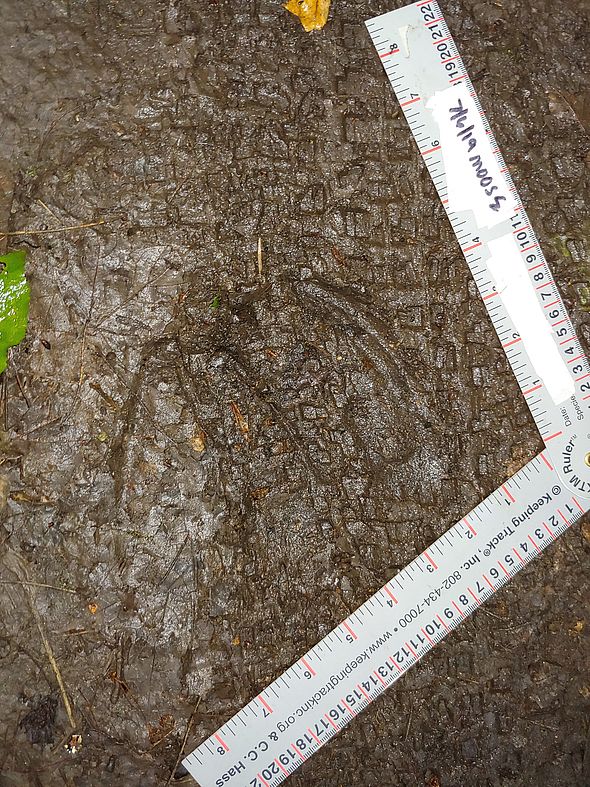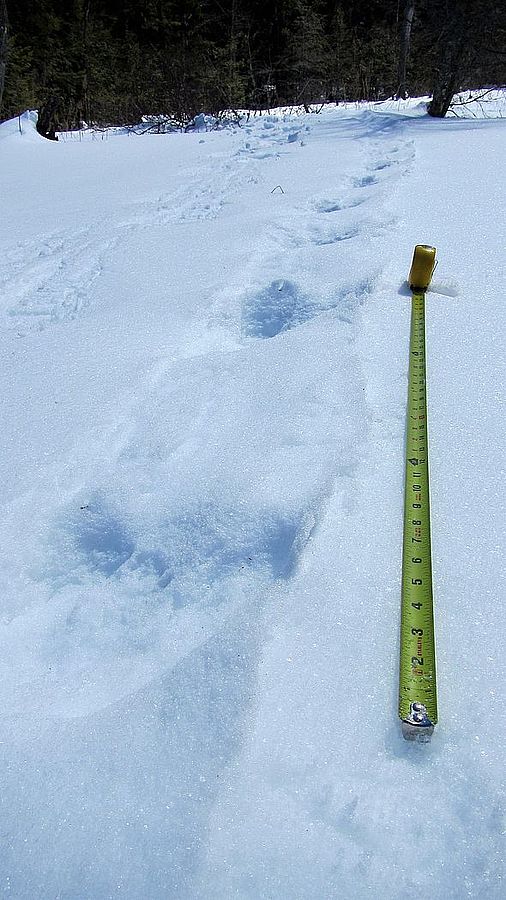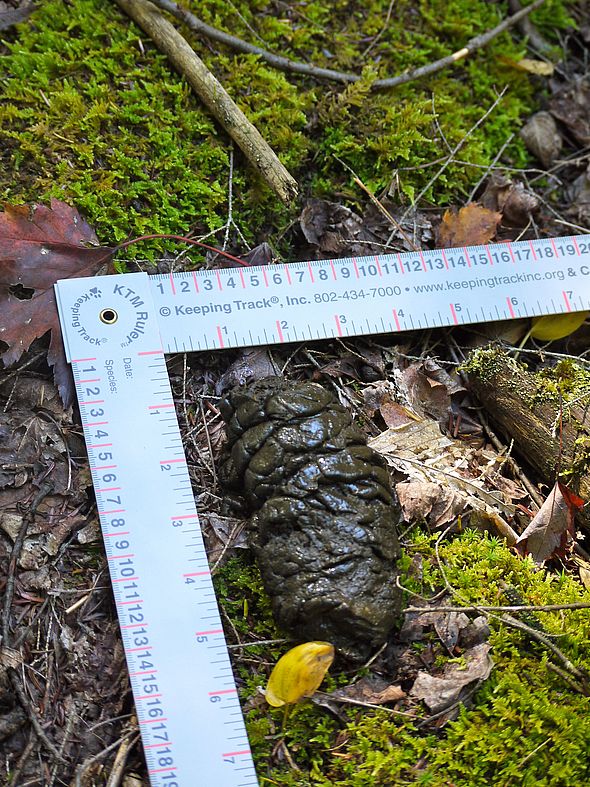National Geographic defines citizen science as “the practice of public participation and collaboration in scientific research to increase scientific knowledge.” Cold Hollow to Canada’s Keeping Track Monitoring Program (KTMP) is one such citizen science. The CHC Keeping Track Monitoring Program – developed with training and support from Sue Morse and the Keeping Track organization – relies on volunteer trackers who monitor resident populations of wide ranging mammals. Teams of trackers monitor designated transects throughout the Cold Hollow region on a seasonal basis to better understand wildlife on our landscape. By submitting that data to Cold Hollow to Canada, our trackers allow us to amass and analyze data from across the landscape to provide information to local conservation groups and conservation commissions in the region.
This leads us to the less exciting part of any citizen science program – data management. Up until now, our volunteers have submitted their data onto our website, with little or no chance to interact with it again. But as Cold Hollow to Canada grows, we are excited to announce the development of an interactive portal and publicly accessible database with the Forest Ecosystem Monitoring Cooperative. The Forest Ecosystem Monitoring Cooperative, or FEMC, is a partnership of Northeastern State Agencies, the University of Vermont, and the USDA Forest Service. The FEMC maintains a long-standing, diverse repository of monitoring and research data related to forest ecosystem structure, health and function. This data includes data collected by the FEMC itself, as well as hosted in collaboration with other organizations. Thanks to funding from the Wild and Scenic River Community Grants program from the Upper Missisquoi and Trout Rivers Wild & Scenic Committee, Cold Hollow to Canada has enlisted the skills of the developers at FEMC to create an interactive portal through which KTMP volunteers can submit and view data. Moreover, the data from CHC’s Keeping Track Monitoring Program will be stored long-term at the FEMC and will be publicly accessible to researchers and conservation groups interested in wide-ranging mammals. In addition, the data will be displayed on maps hosted on the CHC and Upper Missisquoi and Trout Rivers Wild & Scenic Committee websites.
So, if you are a Keeping Tracker, stay tuned for more information on upcoming trainings and opportunities to give input as we develop the new portal. For members of the public, conservation commissions, and other conservation groups, we hope you will check out the data and the maps when the portal and database are complete. Until then, if you have any questions about the portal and database, about the Keeping Track Monitoring Program, or about how you can get involved in citizen science in the Cold Hollow region, please email CHC Administrative Coordinator Liza Morse at liza@coldhollowtocanada.org.


